Sam Devlin’s Candlefish series—the 13, 16, and 18—was inspired by the pangas he saw while visiting Mexico. Those small workboats are sturdy but narrow, allowing them to weather rough water while still maintaining speed with a small motor. After the success of the cartoppable Candlefish 13—designed to be run with low-horsepower outboards—Sam recognized that people wanted more speed. He drew wide- and narrow-bodied versions of both the Candlefish 16 and the Candlefish 18. This “methodical uptick in sizes,” as Sam puts it, is commonplace for his design process. The narrow-bodied 16 was eventually discontinued, but the wide-bodied version has proved popular. Sam designed both a Bridge Deck Version with plenty of enclosed storage and a simpler Open Version. Drawings for both are included in the plans.As with all of the designs from Devlin Designing Boat Builders, the Candlefish 16 is of stitch-and-glue construction. I was 12 years old in 2015 when my father and I decided to build a boat. To get a more complete boatbuilding experience, we opted not to purchase a kit, but instead to build the Candlefish 16 from the nine sheets of drawings included in the plans set. In addition, we used Devlin’s 80-page Building Instructions Booklet for Stitch & Glue Construction to guide our project. Lilja and her father began building their Candlefish 16 when she was 12. The stitch-and-glue construction was a good choice for introducing her to the art of boatbuilding and to the art of fixing errors—such as a chipped bottom panel at the stem—along the way.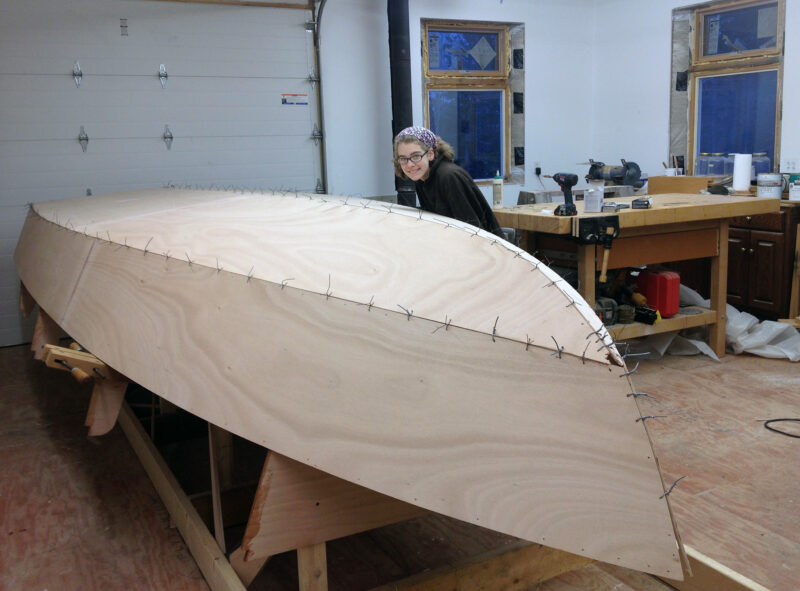 Photographs courtesy of Lilja Hanson
Photographs courtesy of Lilja Hanson
Join The Conversation
We welcome your comments about this article. To include a photo with your remarks, click Choose File below the Comment box.

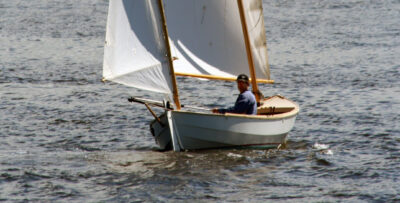
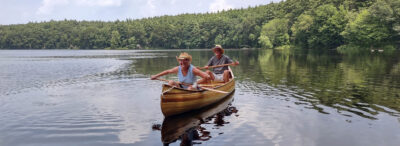

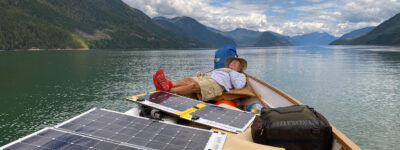

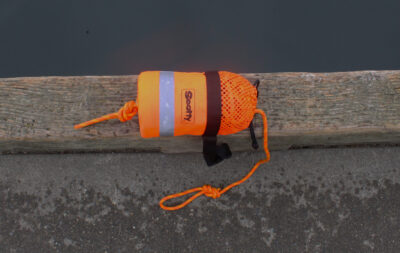
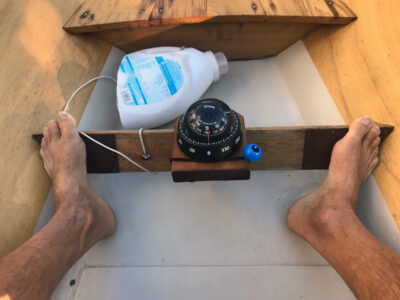
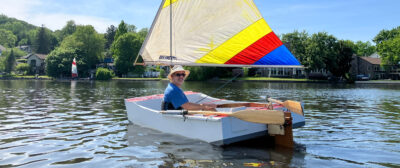


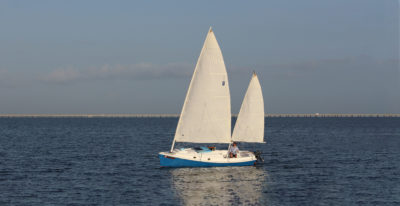
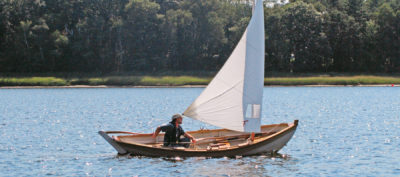
Well done, Lilja. I’m sitting on my Candlefish 16 plans from Sam Devlin for 3 years now.
I am thinking it is time to bite the bullet on purchasing the marine plywood. I had a bit of sticker shock over last two years and it doesn’t seem as if the prices will head back down anytime soon.
You answered my question on the size outboard to use. I plan to keep the tiller model but hesitate to get too large a motor, being as I need to consider my own weight in the stern of a 345-lb boat.
Bravo, Lilja, and well done bringing your dad along for the boatbuilding ride.
Wayne Poulsen
Fremantle
Western Australia
Nice job!
A very good write up. I have a kit in storage and as I am in process to moving to the coast area Sequim of Washington, I will be constructing as soon as my work space is organized. I may add a few inches around the top to keep her even more dry as I will now be using in the ocean.
Getting the boat to plane is a problem of weak, heavy 4 (jokes). 2-strokes in good condition are available used in very good reliable condition and parts are available if necessary. 2-stroke outboards were designed to be light, powerful and get on plane fast. Boats that are slow like 4 jokes, use less fuel,
Hey, how about a cuddy cabin, sitting headroom doghouse on the 18 footer?
Very nice ,very professionally done article, BTW.
Hi Lilja, thank you for all the info.
Looking at the study plan I guess that candlefish 16 is not self bailing at mooring.
Is it correct?
Thank you
Bruno